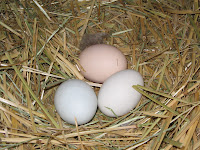 The answer is not much. If people knew how easy they were, I am pretty sure every non-vegan household would keep chickens. In terms of daily maintenance, eggs generally need to be collected every evening. I have missed a night here and there, which is fine and they are still edible, although you should plan on refrigerating them if you plan on keeping them for a few days before eating. Jay and I take turns collecting the eggs, but when you are a gardener already it doesn’t take much to lure you out to the backyard anyways most evenings to take a general look around. I tend to spend a little more time out there putzing around and usually bring a little treat for the girls in the way of kitchen scraps or scratch, a dried corn and grain mixture from the feed store. We also glance at the water to make sure it’s full. during hot spells we might fill it up 3 times a week, but other times it’s about once a week.
The answer is not much. If people knew how easy they were, I am pretty sure every non-vegan household would keep chickens. In terms of daily maintenance, eggs generally need to be collected every evening. I have missed a night here and there, which is fine and they are still edible, although you should plan on refrigerating them if you plan on keeping them for a few days before eating. Jay and I take turns collecting the eggs, but when you are a gardener already it doesn’t take much to lure you out to the backyard anyways most evenings to take a general look around. I tend to spend a little more time out there putzing around and usually bring a little treat for the girls in the way of kitchen scraps or scratch, a dried corn and grain mixture from the feed store. We also glance at the water to make sure it’s full. during hot spells we might fill it up 3 times a week, but other times it’s about once a week.
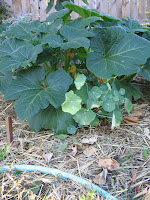 Weekly maintenance is super simple and easy. The whole process takes me about 15 minutes. I sweep out all the used straw from the hen house and chicken run once a week, usually on a Saturday morning. The used stuff goes directly onto my garden beds, acting as a mulch material for shade/water retention and a nice shot of nitrogen for the plants from the chicken manure. New straw goes into the coop in a nice fluffy layer and the chickens go crazy scratching it all into place.
Weekly maintenance is super simple and easy. The whole process takes me about 15 minutes. I sweep out all the used straw from the hen house and chicken run once a week, usually on a Saturday morning. The used stuff goes directly onto my garden beds, acting as a mulch material for shade/water retention and a nice shot of nitrogen for the plants from the chicken manure. New straw goes into the coop in a nice fluffy layer and the chickens go crazy scratching it all into place.
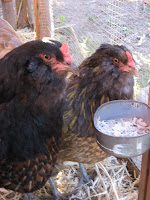 I take this time to double check all the supplies in the coop and top them off which includes their grit, oyster shell, food pellets and water. In case you’re not sure what all that stuff is for, grit is what chickens use to break down their food since they don’t have teeth and oyster shell is available to ensure their calcium levels stay high. Low calcium means weak egg shells that can break easily, even while they are rustling around in the nesting box. I have two little tuna cans hammered into the side of the coop – one for grit and one for oyster shell. I think I refill them maybe once every other week. Their food is an “egg-layer” organic food pellet with all their essential nutritional needs. Kitchen scraps, weeds, and slugs just make their eggs taste better and they see those as treats.
I take this time to double check all the supplies in the coop and top them off which includes their grit, oyster shell, food pellets and water. In case you’re not sure what all that stuff is for, grit is what chickens use to break down their food since they don’t have teeth and oyster shell is available to ensure their calcium levels stay high. Low calcium means weak egg shells that can break easily, even while they are rustling around in the nesting box. I have two little tuna cans hammered into the side of the coop – one for grit and one for oyster shell. I think I refill them maybe once every other week. Their food is an “egg-layer” organic food pellet with all their essential nutritional needs. Kitchen scraps, weeds, and slugs just make their eggs taste better and they see those as treats.
 That’s it! When we go on vacation we have a friend stop by every day on their way home from work to check on them. All in all, it’s really quite easy. I spend a little more time with my chickens than what I’ve let on to above, but that’s because I want to – not because I need to. Building the coop was the more time-consuming aspect because I had never even used a drill before… And I make little improvements to their setup from time to time, like rearranging the perches and adding a second nesting box. The entertainment and tasty eggs they supply us with far outweighs the low maintenance they require.
That’s it! When we go on vacation we have a friend stop by every day on their way home from work to check on them. All in all, it’s really quite easy. I spend a little more time with my chickens than what I’ve let on to above, but that’s because I want to – not because I need to. Building the coop was the more time-consuming aspect because I had never even used a drill before… And I make little improvements to their setup from time to time, like rearranging the perches and adding a second nesting box. The entertainment and tasty eggs they supply us with far outweighs the low maintenance they require.
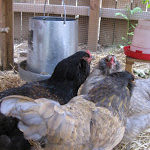
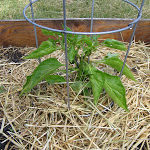
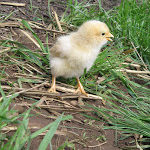

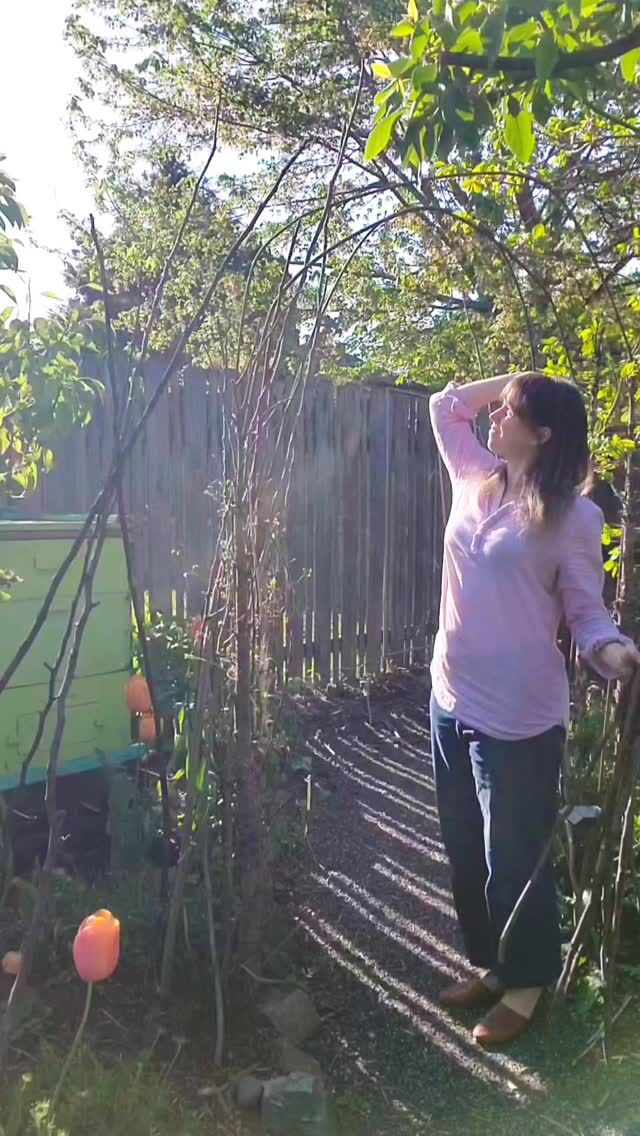
 I start with a
I start with a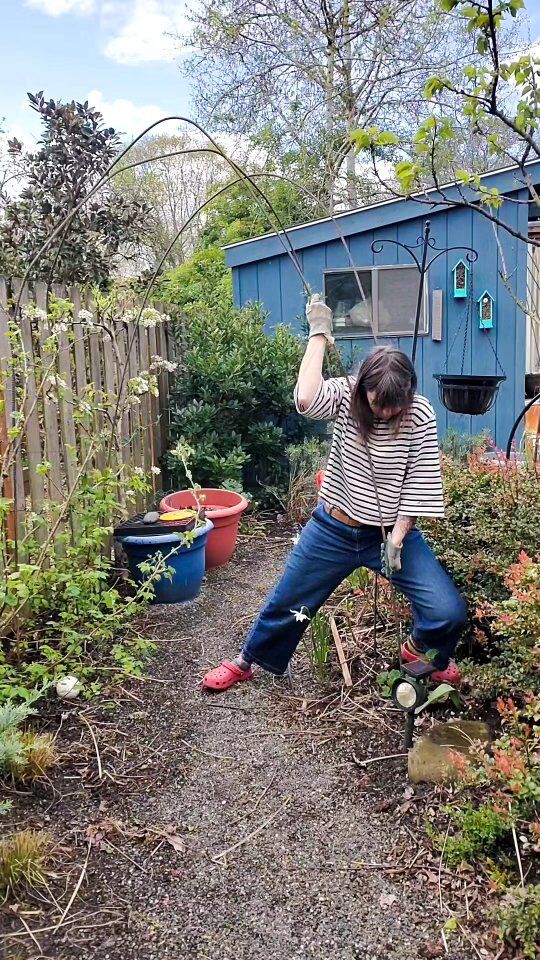
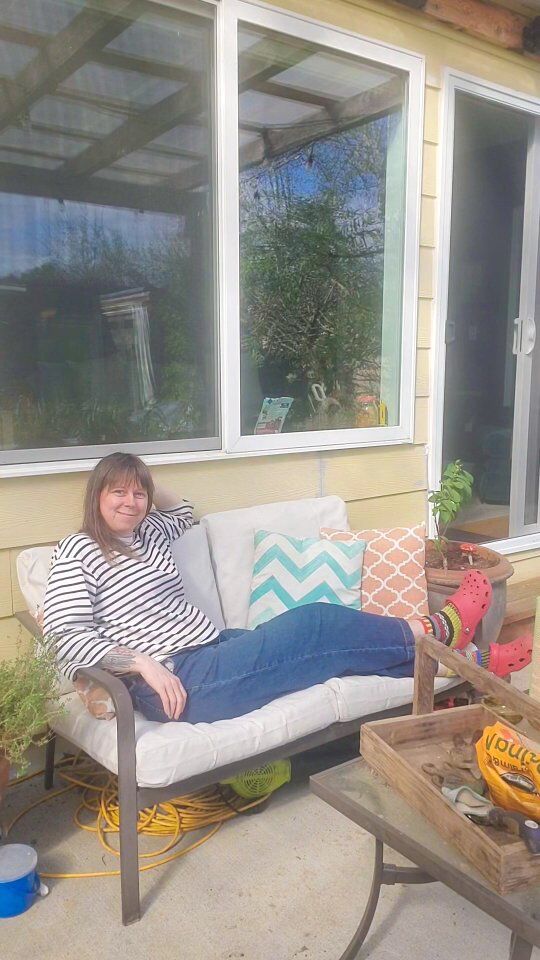
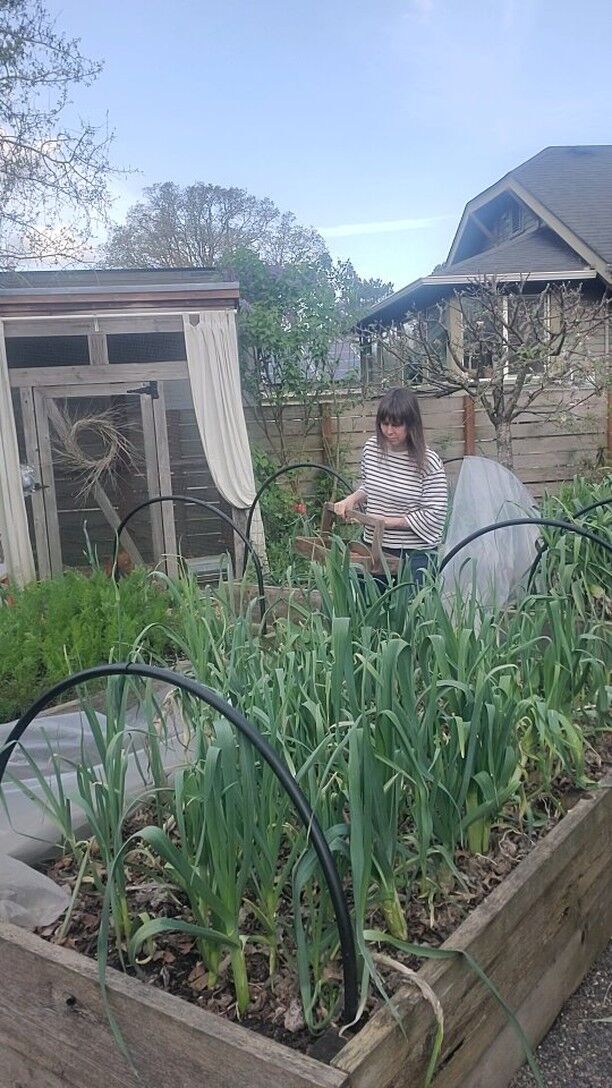
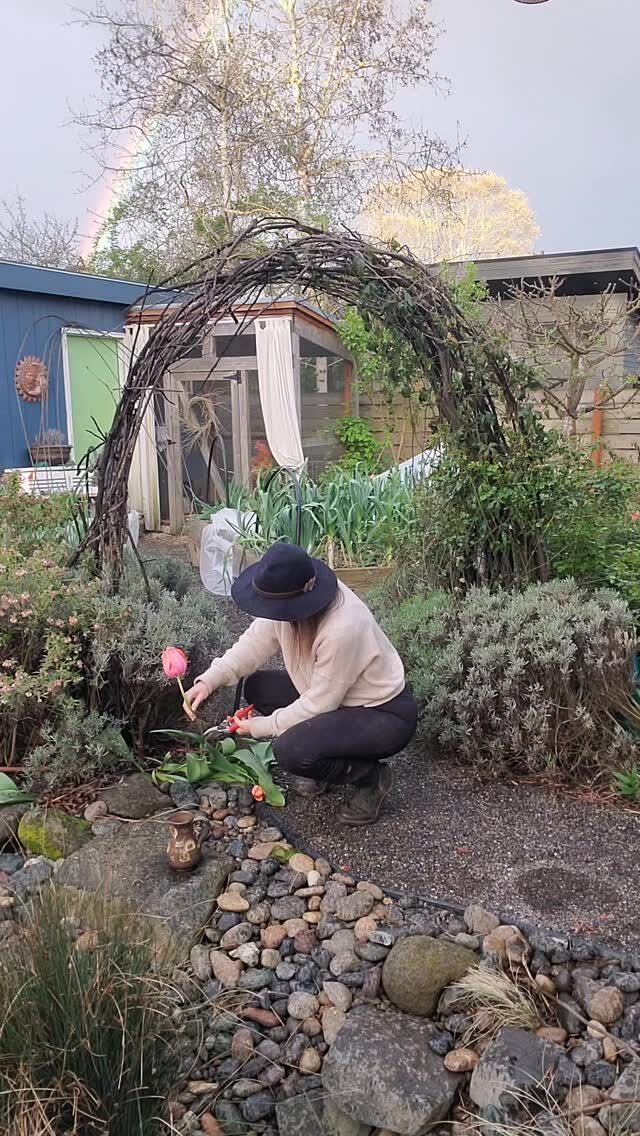
 There's a go
There's a go
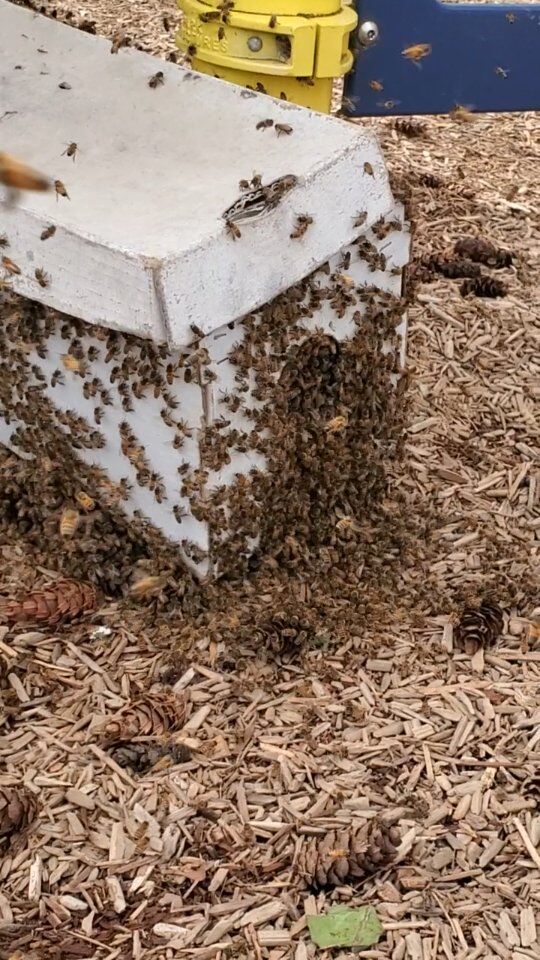
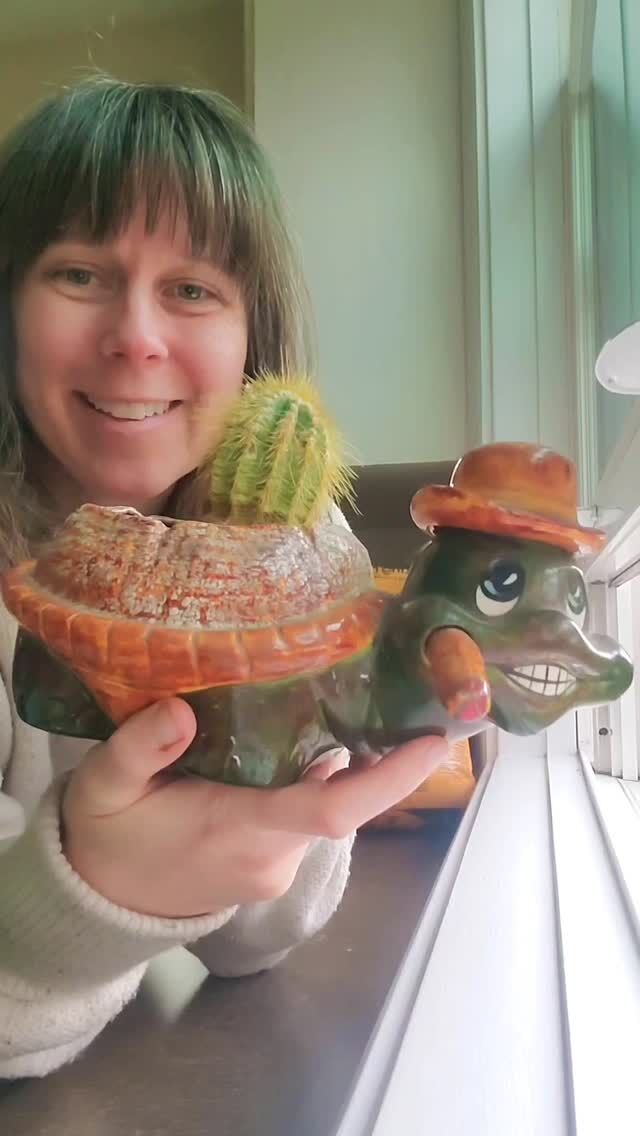
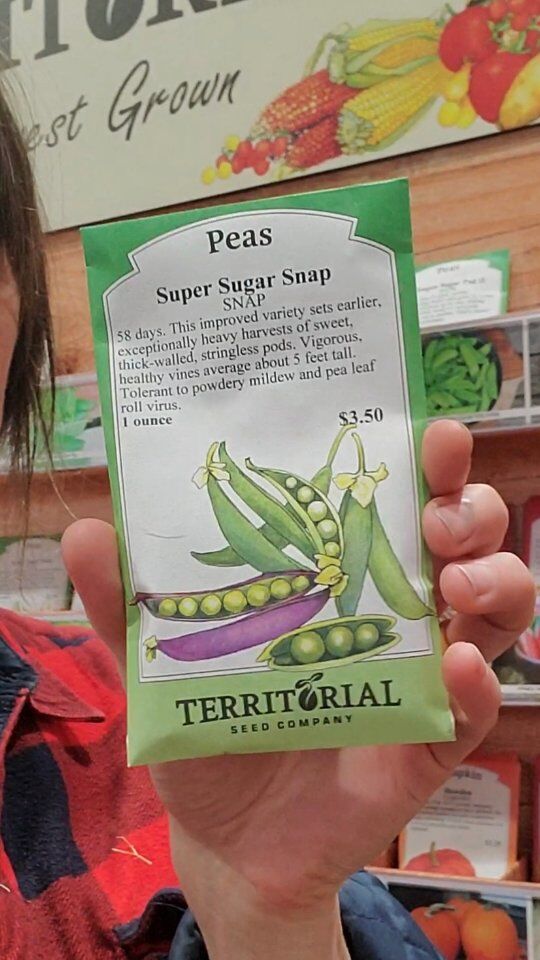
Some beautiful girls you have there… araucanas?
Yes! They are indeed araucanas and lucky for me they are each a different color too.
I love the colored eggs, but if I had to do it over, I think I would have gone for Buff Orpingtons. I hear they are very quiet and mild mannered.
-Renee
Lovely post Renee !
Great pics too !